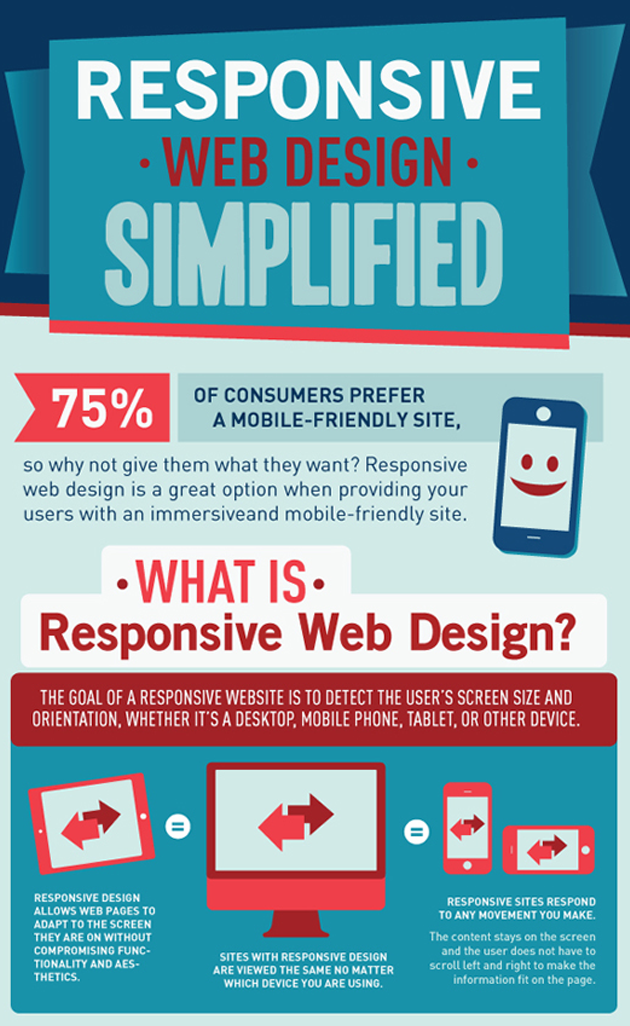Keen To Find Just How Web Site Design Has Changed Gradually? Study The Development From Simpleness To User-Focused Experiences.
Keen To Find Just How Web Site Design Has Changed Gradually? Study The Development From Simpleness To User-Focused Experiences.
Blog Article
Material Author-Abel Vangsgaard
In the past, internet sites were simple and focused on details. Navigating was straight, and design was for desktops. Currently, individual experience is vital. https://www.canadianlawyermag.com/news/opinion/legal-digital-marketing-is-exploding-but-dont-forget-its-a-relationship-business/366434 overviews designs for very easy navigation. Responsive designs suit different tools. Today, dark mode minimizes stress, and minimal menus enhance navigation. Interactive functions involve individuals, and vibrant visuals stand apart. AI integration increases interaction. See exactly how style has actually advanced to enhance your online trip.
Very Early Days of Website Design
In the very early days of web design, simpleness reigned supreme. Sites were fundamental, with minimal colors, font styles, and layouts. The emphasis got on providing information as opposed to flashy visuals. Users accessed the net with slow dial-up connections, so rate and capability were crucial.
Navigation menus were straightforward, typically located on top or side of the page. Web sites were created for home computer, as mobile surfing wasn't yet prevalent. Web content was king, and developers focused on very easy readability over complicated style elements.
HTML was the main coding language utilized, and designers had to function within its restrictions. Computer animations and interactive features were very little compared to today's standards. Websites were static, with little vibrant web content or customized customer experiences.
Surge of User-Focused Layout
With the development of website style, a shift in the direction of user-focused style principles has come to be progressively noticeable. Today, creating web sites that focus on customer experience is vital for involving site visitors and attaining business goals. User-focused design involves comprehending the requirements, preferences, and behaviors of your target audience to customize the web site's design, content, and features accordingly.
Designers currently perform complete research, such as customer studies and usability screening, to gather understandings and feedback straight from users. This data-driven strategy aids in producing instinctive navigation, clear calls-to-action, and aesthetically appealing user interfaces that reverberate with visitors. By placing the individual at the facility of the layout procedure, internet sites can provide a more customized and enjoyable experience.
Receptive style has actually additionally become a key facet of user-focused style, guaranteeing that sites are optimized for numerous devices and display dimensions. This versatility improves availability and functionality, dealing with the diverse means individuals communicate with internet sites today. Basically, the surge of user-focused design signifies a change towards creating digital experiences that prioritize the requirements and assumptions of the end customer.
Modern Trends in Web Design
Check out the most recent patterns shaping website design today. One popular trend is dark setting layout, offering a streamlined and modern-day look while lowering eye stress in low-light environments. Another crucial trend is minimal navigating, streamlining food selections and enhancing individual experience by focusing on essential elements. Incorporating micro-interactions, such as animated switches or scrolling results, can create an extra appealing and interactive site. Receptive design stays essential, making certain seamless individual experiences across various tools. Additionally, utilizing vibrant typography and asymmetrical formats can add aesthetic passion and accentuate particular material.
Incorporating seo engine results , like chatbots for customer assistance or tailored referrals, enhances user involvement and simplifies procedures. Access has also come to be a considerable pattern, with developers focusing on inclusive design methods to accommodate diverse user demands. Welcoming sustainability by maximizing web site efficiency for rate and performance is an additional emerging trend in web design. Working together with individual feedback and data analytics to repeat and boost layout continually is essential for remaining appropriate in the ever-evolving electronic landscape. By embracing these modern fads, you can produce a visually enticing, straightforward website that resonates with your target market.
Final thought
As you review the advancement of internet site style from the very early days to now, you can see just how user-focused design has become the driving force behind contemporary fads.
Accept the trip of adjustment and adaptation in website design, constantly keeping the user experience at the forefront.
Keep existing with the most up to date patterns and modern technologies, and never stop advancing your technique to produce aesthetically magnificent and user-friendly sites.
Evolve, adjust, and produce - the future of web design is in your hands.
